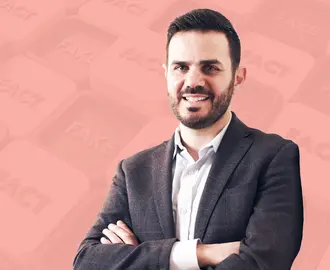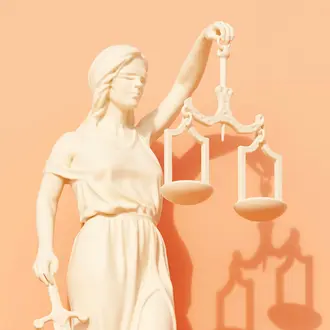Behavioral Science
Stop, collaborate, and listen: Music making as an effective teaming tool
The task seemed simple enough: using digital tools, craft a modern pop song. The catch? No one on MIT Sloan MBA student Faye Cheng’s team had any experience making music.
Fortunately, the software provided to the students made things easy, offering a “click, drag, and drop” interface. Prototyping their work would be effortless — if they didn’t like the layer of sound they’d just applied, it could simply be stripped away and redone. That meant they’d be able to focus more on the real challenge: aggregating everyone’s ideas and personal musical taste into a coherent composition.
But that’s why they’d all gathered: the music challenge was the focus of the "Music Making as Effective Teaming Tool" Sloan Innovation Period workshop. The period, held at the midpoint of each semester, offers students an intensive week of experiential leadership learning.
Abby Berenson, the associate director of the MIT Leadership Center, said the workshop’s content was designed by Found Sound Nation, a New York-based nonprofit that uses collaborative sound-making as a tool to help enhance communities and build bonds.
“Through music-making, they create a sense of community and a sense of teams, and through teams, this leadership practice,” Berenson said. “That’s really at the heart of what we try to bring for any of the SIP workshops we do. They’re meant to be a different kind of teaching and learning outside of the regular semester classes.”
For Cheng, MBA ’18, the session took a different tone from the perfection-driven environment of the classroom or the workplace and that made embracing a more free-wheeling, creative approach much easier.
“Usually the approach is ‘Let’s make this as perfect as possible,’ and here it was more ‘Let’s make weird sounds,’” she said.
To form the teams, Cheng said the workshop participants were given personality tests. She’s not sure precisely how those tests factored into forming the teams, but she noticed that everyone on her own team tended to be a little quiet at first. That meant thoughts and ideas were staying inside people’s heads, making it difficult to start the writing process.
“It’s a daunting feeling when you don’t have any ideas yet and just two and a half days, but basically an entire orchestra at your hands,” she said. “Your main constraint is overcoming the hurdles of where to begin and how do we work together.”
The breakthroughs began when the workshop put the students through an exercise in which team members rotated being the leader in 10-minute intervals. The person at the helm was forced to verbalize and implement their ideas, and if other members didn’t like something someone did, it could be changed it when their turn was up — with the understanding that the same fate could befall their own decisions.
“I think where that helped is it broke through the paralysis of where to begin, and artificially-created leadership positions. Once people were given the leadership position, they could move things along,” Cheng said. “We made way more progress when we had that in place. It showed the importance of having a leader to provide direction, but also being able to play both the leader and the follower roles.”
The method worked so well that the interval was extended to a half-hour the next day.
“If you give people a seat at the table, they’ll rise to the occasion,” Cheng said.
The workshop also provided a good venue to see the “fail fast” principles that are taught in entrepreneurship classes in action, Cheng said. Being able to experience failure in a low-risk setting gave her new insight into how it can open up new avenues for creativity and innovation.
“It didn’t have to be a perfect sound, it was just ‘Let’s try things out and layer them on.’ In real life, it can be more daunting to fail in that way or make a decision and have to undo it later,” she said. “Most things are actually more changeable than we probably think. It might not be as easy as just deleting a layer, but it’s probably easier than we think it is.”



